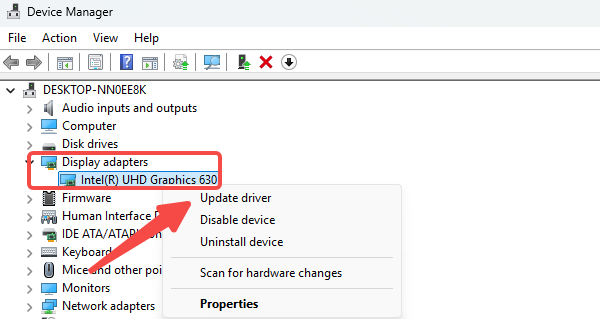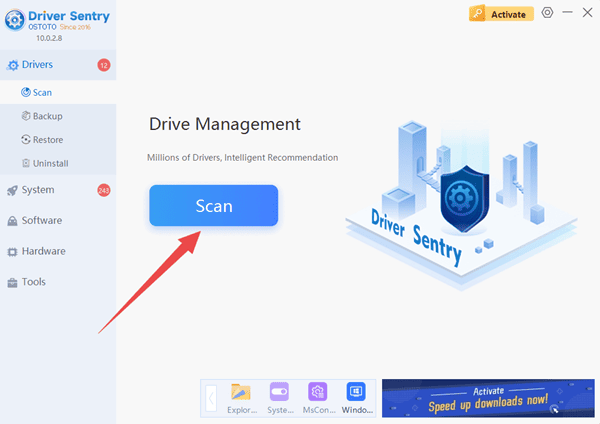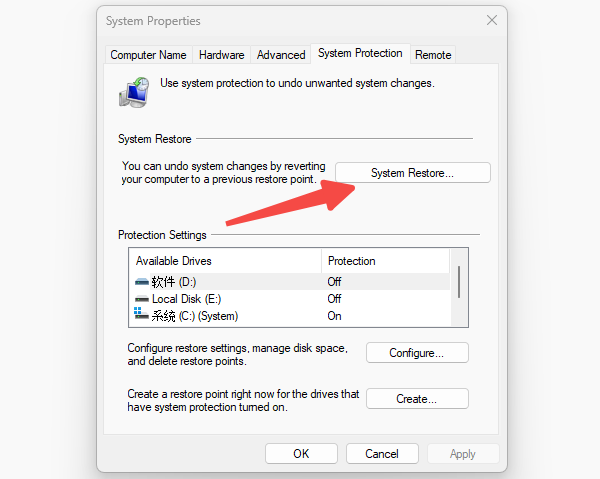
In everyday life, we often encounter various computer issues. When it comes to display problems, we're familiar with black and blue screens, but a white screen? That's something unusual. So, what should you do when your computer screen turns white, and what could be causing it? Today, we'll walk you through some practical troubleshooting and repair methods to help you easily tackle a white screen on your computer.
1. Check Hardware Connections
The first step when dealing with a white screen is to inspect hardware connections, especially if you're using a desktop computer. Loose connections or faulty ports between the monitor and the CPU can lead to a white screen. Here's how to troubleshoot:
Check Cable Connections: Make sure all cables connecting the monitor and CPU are secure, especially the monitor cable and power cord. If possible, try reconnecting them or using a new cable to see if that resolves the issue.
Test the Monitor: If you have a spare monitor, connect it to the CPU. If the white screen disappears, your original monitor may be at fault.
Switch Ports: Some computers have multiple video output ports (like HDMI or VGA). Try switching to a different port to see if a faulty port is causing the white screen.

2. Restart Your Computer to Rule Out Temporary Issues
Restarting your computer is a simple yet effective way to resolve minor system errors or crashes. Here are a few ways to restart:
Regular Restart: Press the power button on your computer and select "Restart".
Force Restart: If the white screen prevents normal shutdown, hold down the power button to force a shutdown, then wait a few seconds before turning it back on.
Enter Safe Mode: During startup, press F8 to enter "Safe Mode". This can help prevent certain programs or drivers from interfering with the system. If the white screen doesn't appear in Safe Mode, the issue could be due to software conflicts or driver problems.
3. Update or Reinstall the Graphics Driver
A faulty or incompatible graphics driver is a common cause of white screens. If the graphics driver is corrupted or incompatible, it can prevent the GPU from displaying correctly. Here's how to fix it:
Manually Update the Graphics Driver: In Safe Mode, press Win+X, choose "Device Manager", find "Display adapters", right-click on your graphics device, and select "Update driver". Follow the system prompts to ensure compatibility.

Use Driver Update Software: If manual updates are challenging, consider using a tool like "Driver Sentry" to automatically detect and update your graphics driver. This saves time and reduces the risk of errors.

Reinstall the Driver: If updating doesn't work, uninstall the current driver and then reinstall the latest version. Open Driver Sentry, select "Uninstall", remove the graphics driver, and then reinstall it.

4. Check for System Updates or Restore the System
Sometimes, system updates can introduce compatibility issues, leading to a white screen. If the white screen appeared after a recent update, consider restoring the system to its previous state or checking for additional updates.
System Restore: In the desktop search bar, type "Create a Restore Point", select "System Restore", and choose a previous restore point. The system will revert to the state it was in at that time.

Check for Updates: Go to Windows Settings and select "Windows Update" to see if there are any available updates. Keeping your system and software up to date can resolve many compatibility issues.

5. Inspect RAM and Graphics Card
Hardware issues, such as loose RAM or a faulty graphics card, can also cause a white screen. Try these methods to diagnose the issue:
Reseat the RAM: After turning off the power, open the computer case, remove the RAM, and then securely reinsert it. A loose RAM module can lead to system instability and even a white screen.
Check the Graphics Card: If you're using a dedicated graphics card, try reseating or replacing it. If the white screen disappears after switching the graphics card, the card itself may be the problem.
We hope these steps help you quickly resolve your computer's white screen issue. If you still experience problems after trying these methods, consider seeking professional technical support to ensure your computer operates safely and effectively.
See also:
How to fix black screen with cursor
Computer Display No Signal Solution
7 Ways to Fix Windows Screen Flickering
How to Fix Blue Screen After Windows 11 Update